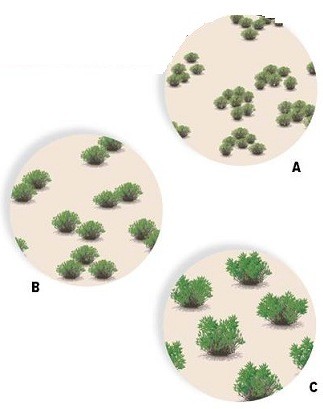The proteome represents _____, while the cellular proteome represents _____
a. all of the proteins able to be made by all living organisms; the proteins made by unicellular organisms
b. the set of proteins made by any multicellular organism; the set of proteins made by unicellular organisms
c. all of the proteins able to be expressed by an organism’s genome; the subset of proteins found in a particular
cell type
d. all of the proteins that are common to all living organisms; the proteins found in the same cell types of
different species
e. the subject of proteomics research; the subject of phenomics research
ANSWER: c
You might also like to view...
Analysis of the nucleotide sequence of the genome of microorganisms has revealed important information about their metabolic potential.
Answer the following statement true (T) or false (F)
A person with a defect in blood flow to the kidney would have a problem with the artery.
A. brachial B. radial C. hepatic D. renal E. carotid
Identify the distribution patterns of the desert shrubs in each picture.
What will be an ideal response?
Transfer of random pieces of DNA mediated by phage is known as
A) transformation of competent cells. B) generalized transduction. C) conjugation. D) transposition. E) specialized transduction.